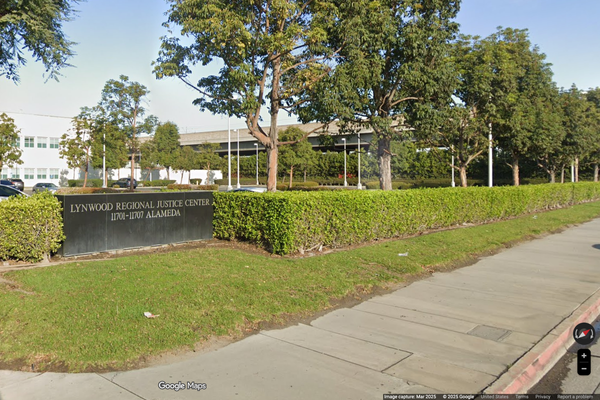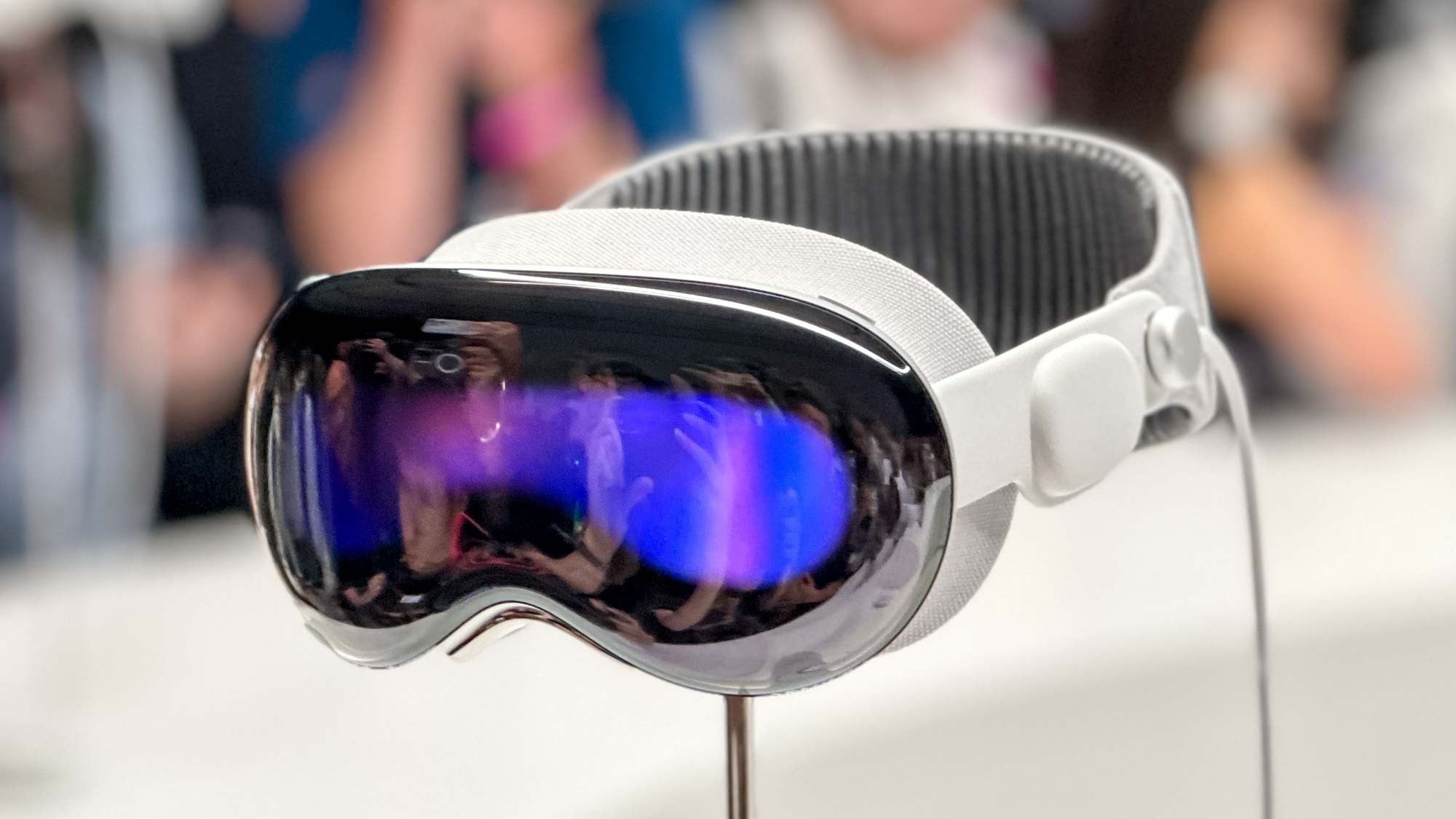
The Apple Vision Pro is so ambitious Apple doesn't even call it a VR or AR headset. It's a spatial computer that's Apple calling the "most advanced personal electronics device ever." That's a pretty hefty claim when you make something called the iPhone, and there's a very hefty $3,500 price on this new device to match.
Available early next year, the Vision Pro is indeed very powerful, packing both an M2 chip and a new R1 chip designed for real-time processing. It offers eye tracking, hand control and voice control, and it appears to be fairly light and comfortable to wear. And Apple has thought of several use cases for this Vision Pro, from enhanced productivity with your Mac and a new way to FaceTime to immersive video watching, playing games and viewing and capturing photos and video.
If that sounds like a lot, it is. And yet the Vision Pro doesn't seem to have that one wow experience or killer app yet that would compel you to shell out that kind of money. The good news is that Apple has more time to deliver those experiences, as the headset (yes I'm calling it that) isn't shipping until early 2024.
I have not yet worn the Vision Pro but I did get a chance to get up close with the device, and I have some thoughts on what Apple has created. Here's my early pros and cons.
Vision Pro design: It's geeky but sleek
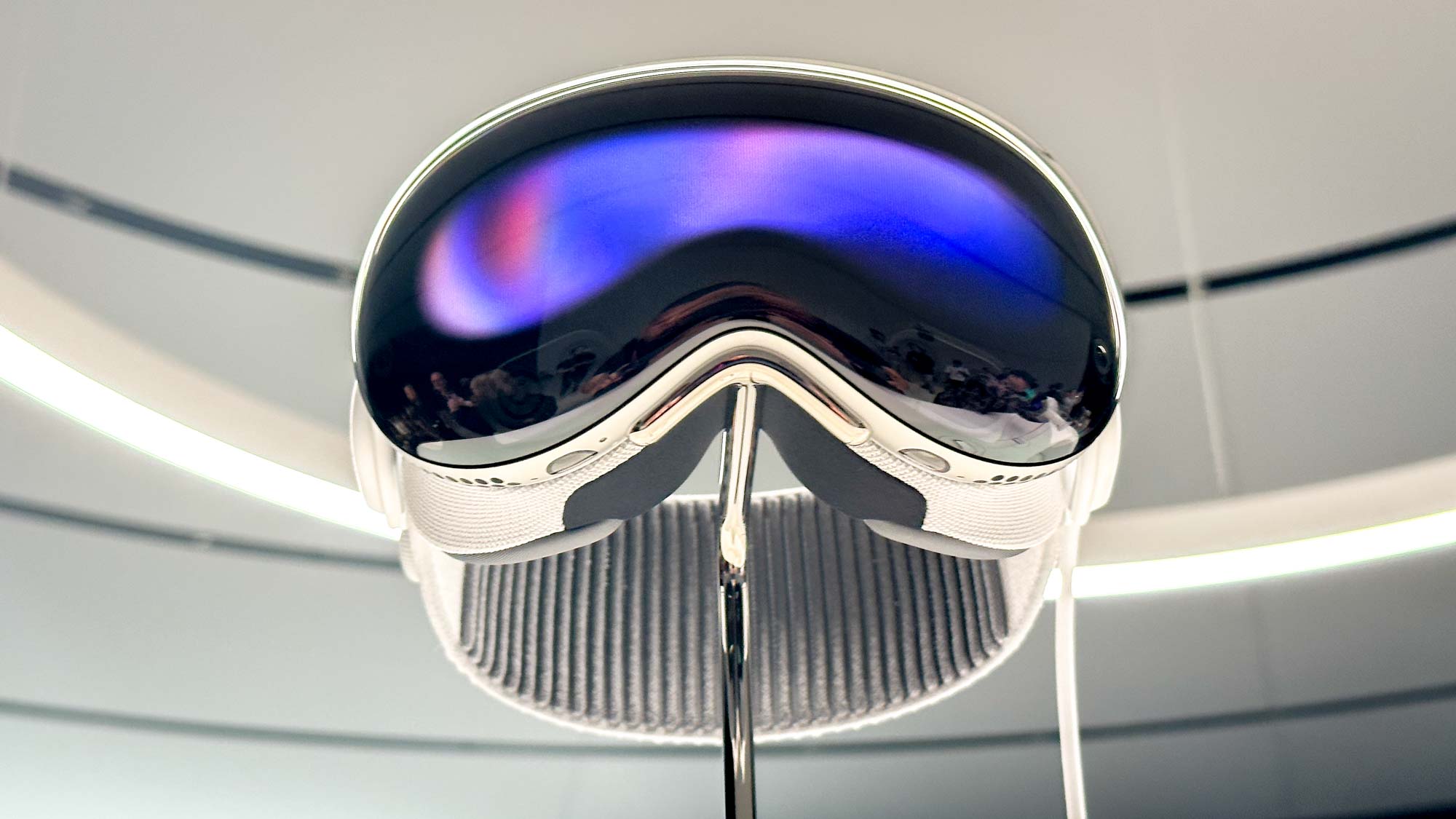
The Apple Vision Pro in person looks like a high-tech pair of goggles, and I mean that mostly in a good way. The 3D-formed glass looks smooth and polished, the aluminum alloy frame looks sturdy, and the Light Seal between the headset and your face appears to be pretty soft and comes in multiple sizes to fit your face.
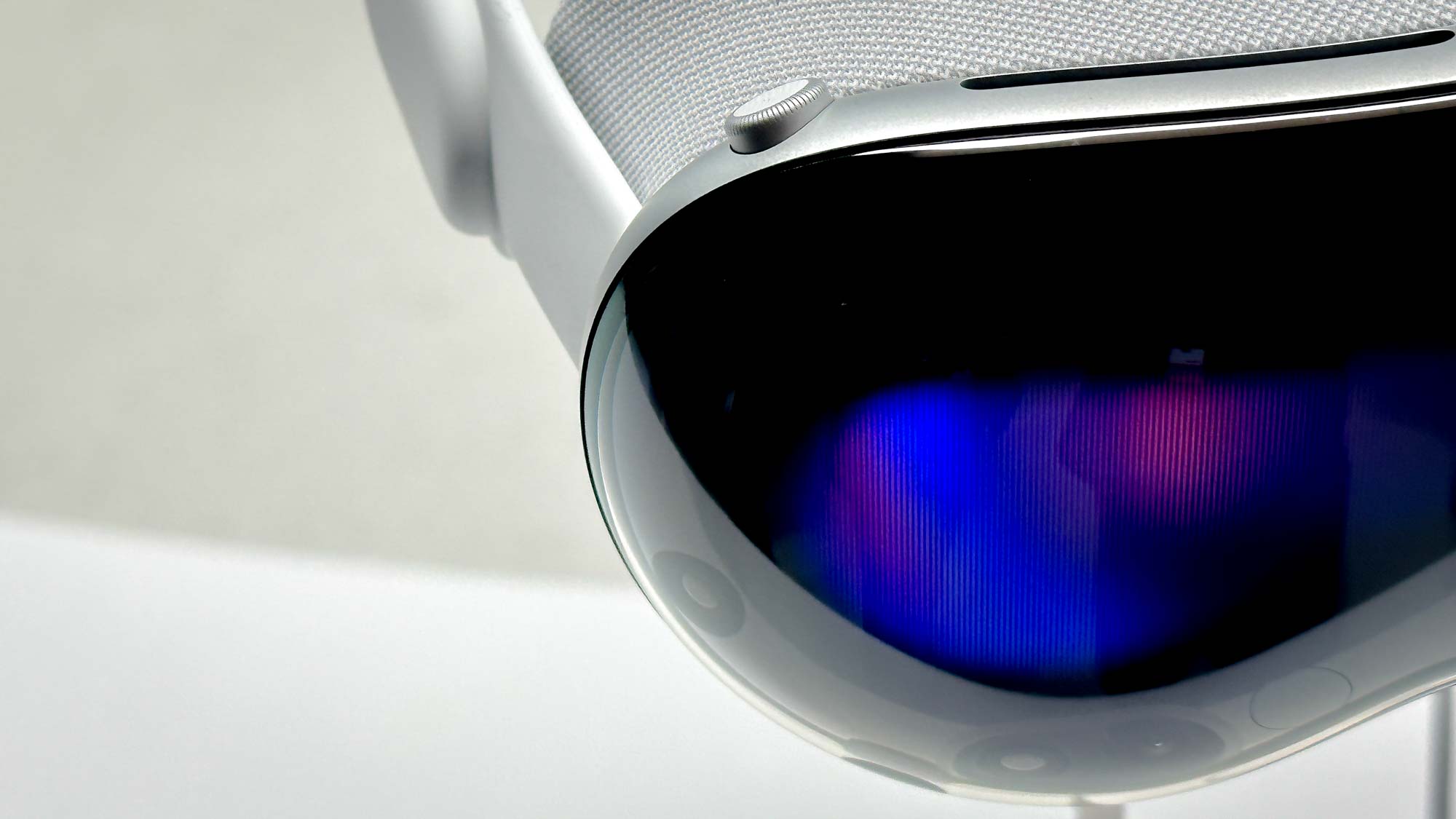
The flexible Head Band on the Vision Pro also looks pretty comfy, complete with an easy-to-use dial for tightening. The top right side of the headset houses a Digital Crown that lets you set the immersion level, and the left side has a content capture button.
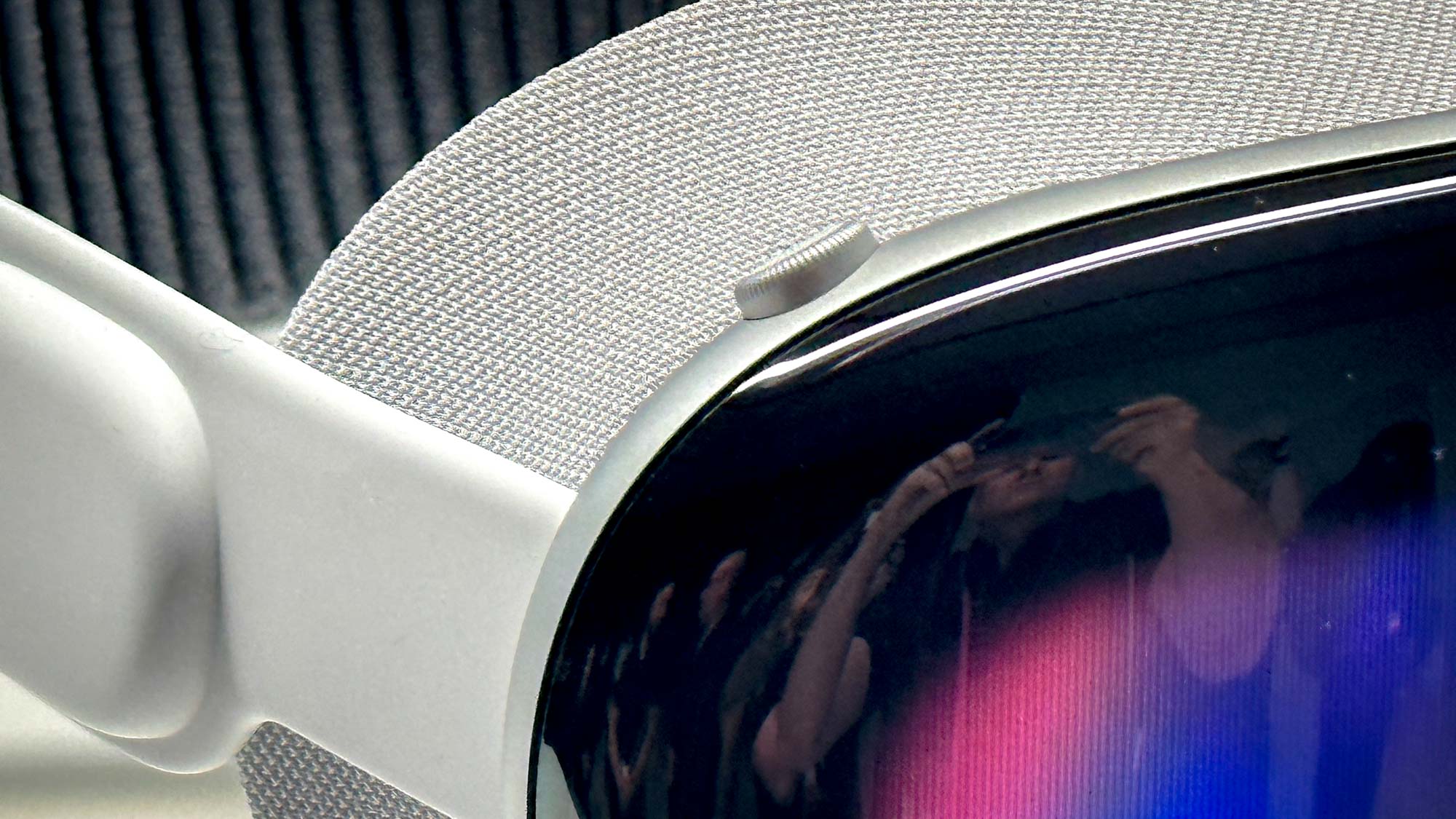
So far so good, but there's a couple of issues here. For one, the Vision Pro must remain tethered to an external battery, so there's a wire coming off of your head that will have to snake to the battery in your pocket. And even though the headset is light I would not call it small; we are a long, long way away from sleek Apple Glasses.
What can you do with the Vision Pro?
The Vision Pro has a long list of use cases, starting with a bigger canvas for displaying multiple apps at the same time. So for, example, you could have a music player pinned on your left, Messages on the right and a big browser in the middle. In fact, you could extend your MacBook's display just by looking at it while wearing the Vision Pro. It's also impressive that you can look at the address bar and say the name of the site instead of typing. It's a clever way to interact.
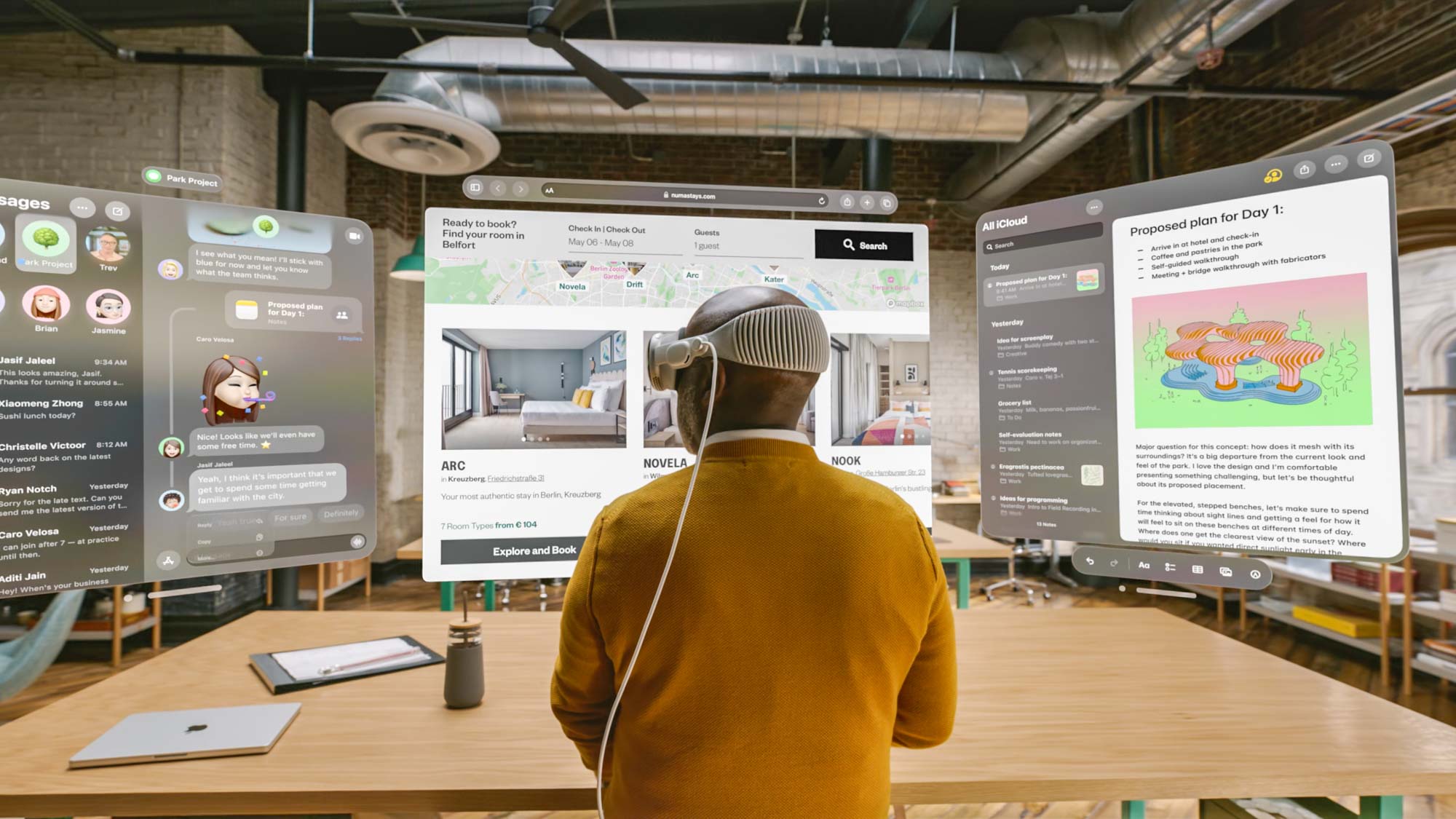
Apple has also reinvented the FaceTime experience. The front cameras on the Vision Pro can capture your digital Persona and then display that during video calls, mirroring your face and hand movements as you chat. I'm pretty sure my wife would not want to talk to my Persona, but it's cool that you can use it during business calls. The other callers will float in front of your view.
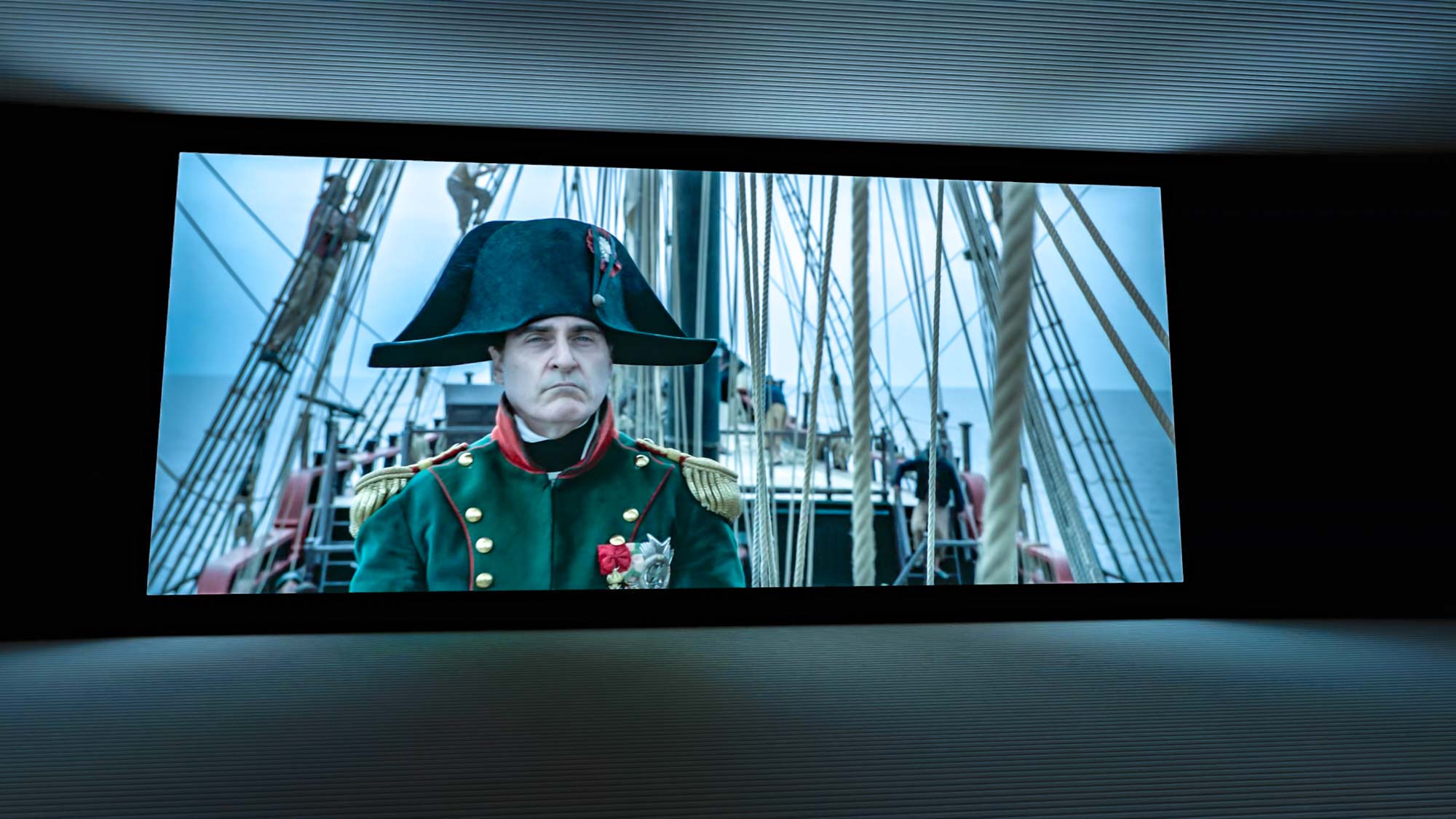
When it comes to kicking back and watching a movie, the Vision Pro can replicate a 100-foot-wide screen in front of your face, complete with Spatial Audio. And you should enjoy 4K resolution while you watch movies and TV shows. The Vision Pro also supports 3D movie playback.
Apple says that the Vision Pro will play more than 100 Apple Arcade games at launch and work with game controllers. But I'd like to see games that are explicitly designed for the Vision Pro, especially those that leverage augmented reality and the headset's ability to read hand gestures.
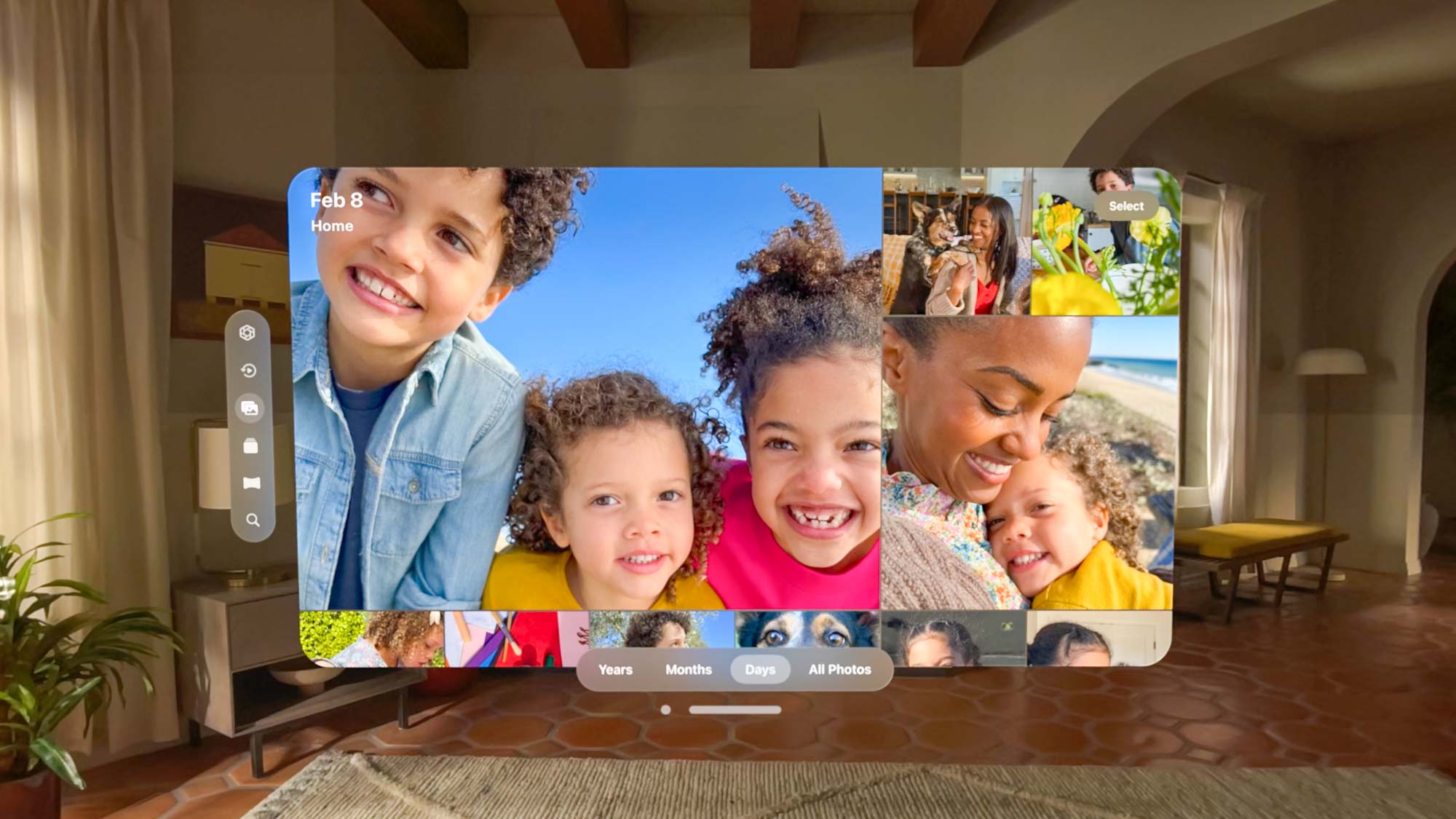
The Apple Vision Pro is designed to let you experience memorable photos and videos in an immersive way with life-size scale, and you'll be able to view Panorama shots as if you were there. But things get much more interesting with the Vision Pro's 3D camera, which lets you capture spatial photos and videos.
I like that you have the capability to capture 3D content, but I feel like it's very distracting for everyone else around you if you're wearing this headset while everyone is singing "Happy birthday!"
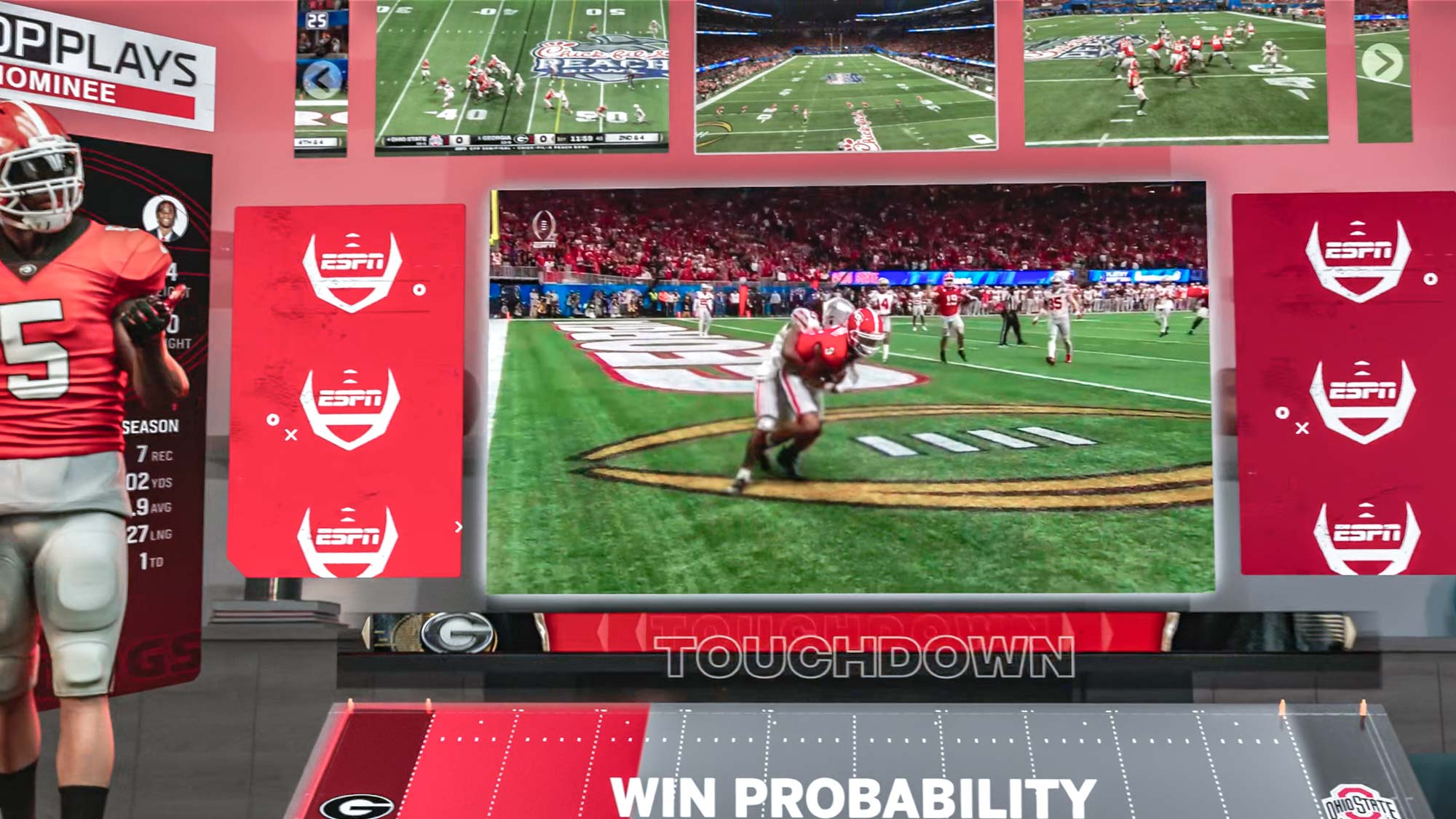
The Vision Pro will also let you run iPhone and iPad apps via the new visionOS, but it's going to take compelling third-party apps from Disney and many others to get people truly excited for spatial computing. Being able to watch an NFL game while getting real-time stats around the screen or seeing a separate overhead view of the field is pretty cool, as is interacting with Disney World on a table.
A new way to interact (with a creepy factor)

The Vision Pro hopes to leave other headsets like the Meta Quest Pro in the dust with its utter lack of controllers. It starts with a 3D interface and eye tracking. You can just look at an app to start using it. And you tap your fingers together to select, without having to raise your hand, as well as scroll by flicking your wrist.
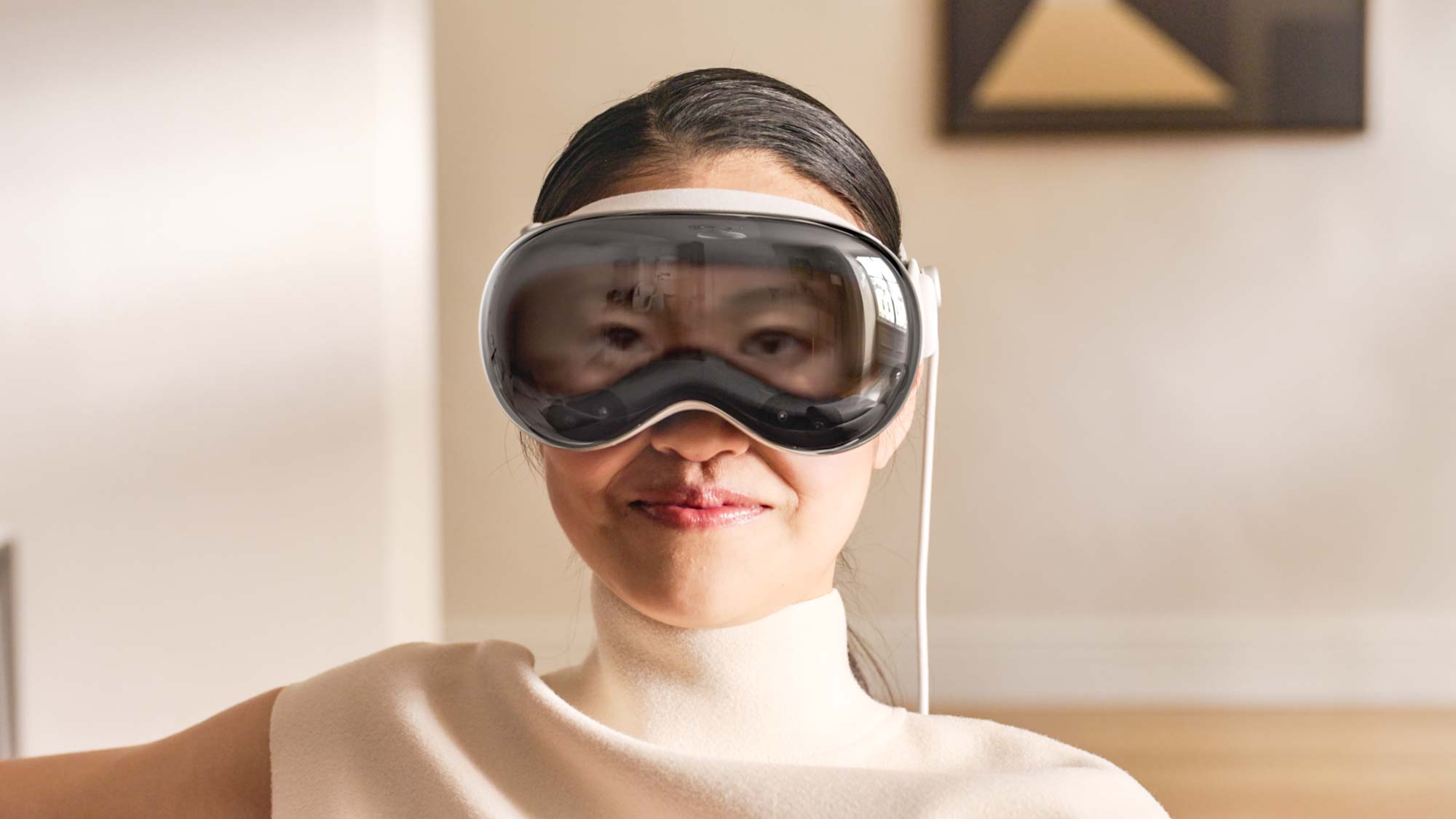
There is a creepy feature I have to tell you about and that's EyeSight, which displays your eyes on the Vision Pro's external display. This is designed to help you still feel connected to those around you, but it looks a bit unsettling. When someone decides they want to turn the Digital Crown all the way to immersive mode, you'll see a different animation — sort of like do not disturb.
Powerful as hell but short battery life
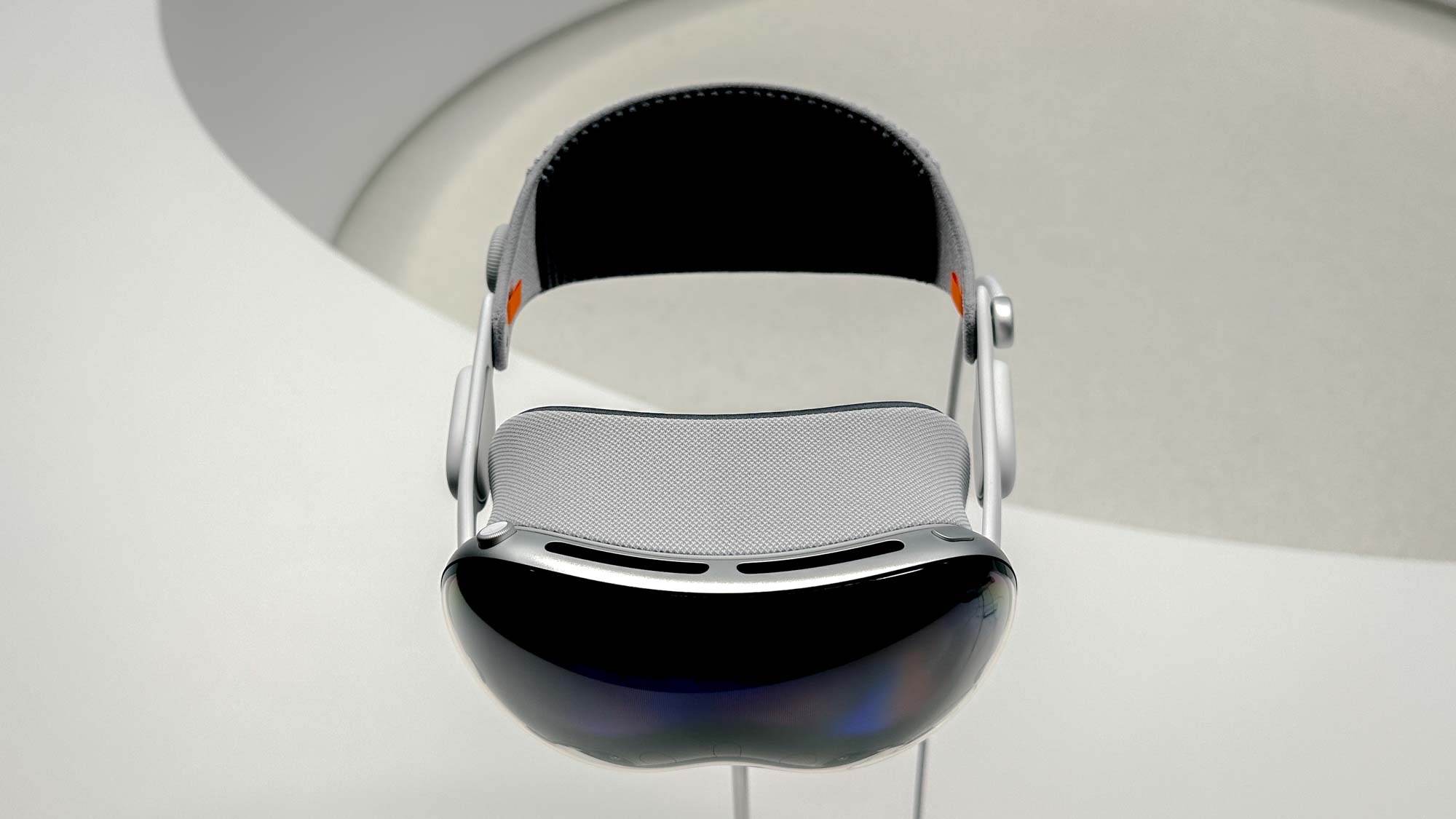
Apple's Vision Pro is easily the most powerful VR/AR headset yet, thanks to its M2 chip and separate R1 chip for real-time processing of 12 cameras, five sensors, and six microphones.
The Vision Pro's micro-OLED displays cram better-than-4K resolution — 23 million pixels — into two postage-stamp size displays. And there's a Spatial Audio System powered by two audio pods on either side of the headset to deliver personalized Spatial Audio.
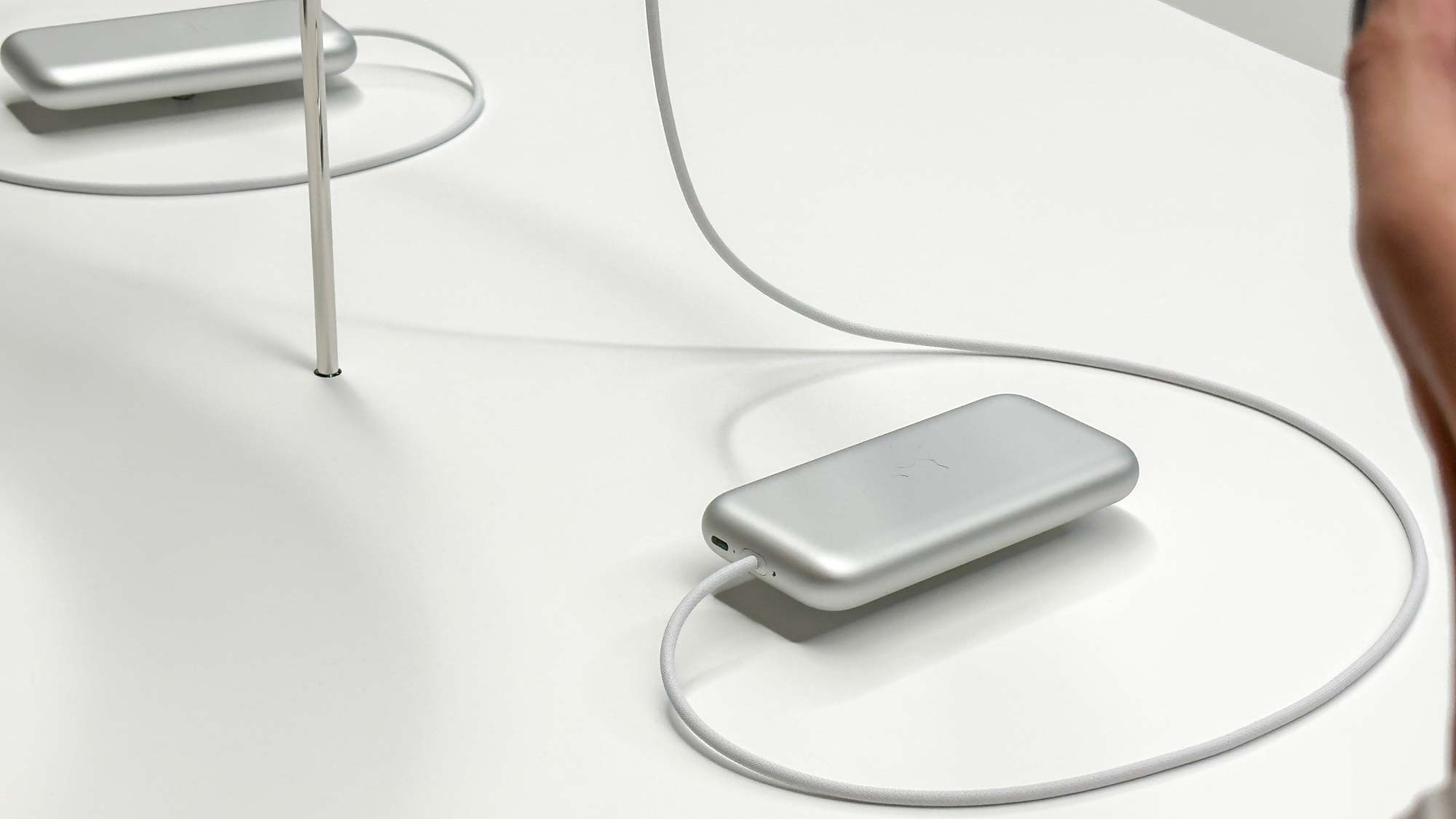
Just don't expect the fun to last super long. The Vision Pro requires an external battery pack, and that lasts for only about 2 hours before you need to recharge.
Vision Pro outlook
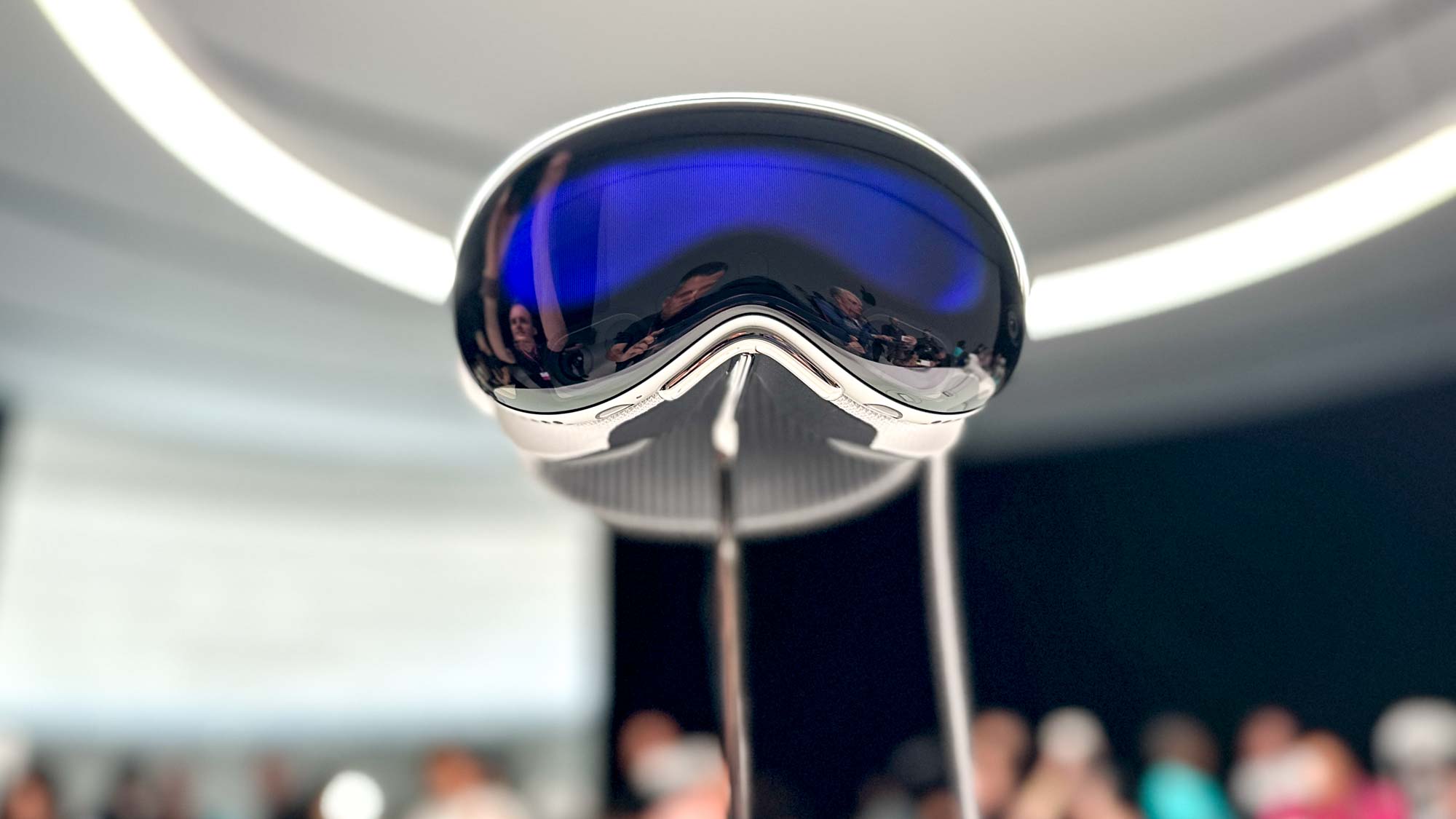
I'm excited by but also worried about the Apple Vision Pro. This headset looks extremely powerful, and it's important to keep in mind that this is a version 1.0 product. We haven't even seen what developers can do with this device yet.
However, $3,500 is a very expensive price even for a taste of the future of computing, so most people will skip this headset and wait for a more affordable model. I will update my own impressions as soon as I have a chance to try the Vision Pro.




